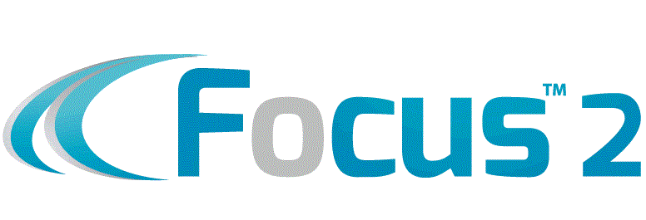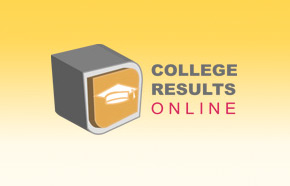PHOENIX - In a state where only 75 percent of high school students graduate, those in the education community were closely watching President Obama's speech.
Among the eyes watching in Arizona was Bobbie O'Boyle, Executive Director of the Arizona Education Foundation.
"In my opinion, the biggest challenge facing Arizona's schools and students is the ability to scale up the pockets of success locally and nationally," she said.
In his State of the Union address on Tuesday evening, the president referred to history to encourage progress.
"Half a century ago, when the Soviets beat us into space with the launch of a satellite called Sputnik, we had no idea how we would beat them to the moon," he said to a packed House chamber. "But after investing in better research and education, we didn’t just surpass the Soviets; we unleashed a wave of innovation that created new industries and millions of new jobs."
Obama encouraged parents to take an active role in the education of their children by emphasizing their role in the process.
"It’s family that first instills the love of learning in a child. Only parents can make sure the TV is turned off and homework gets done. We need to teach our kids that it’s not just the winner of the Super Bowl who deserves to be celebrated, but the winner of the science fair," he stated.
With that, Obama set new goals.
Among them, training 100,000 new teachers in the fields of science, math and technology over the next ten years.
He also touted his controversial Race to the Top program, which infuses public schools with funds on the condition they set higher standards for students and increase teacher accountability.
"Race to the Top should be the approach we follow this year as we replace No Child Left Behind with a law that’s more flexible and focused on what’s best for our kids," explained the president.
"Now more than ever, Arizonans need reasons to celebrate education and identify and share in its successes," said O'Boyle. "I can only hope that Arizona's policy makers and leaders increase resources to our education system in order to improve opportunities for all Arizona's children so we can fulfill our responsibility to them."
Another goal set by the president is to increase the number of college graduates.
Saying America has fallen to ninth place in the proportion of students with a college degree, the President stated the goal should be to graduate more college students than any other nation by the end of the decade.
But for many, the cost of a degree seems out of reach. An education at a four-year public university can run $20,000 or more. The price is even higher at private schools.
In the Valley, one man has made it his mission to show parents how they can afford college.
J.D. Wyczalek started AZ College Consulting, LLC and the website AZCollegeplanning.com to help parents "understand the system."
"When you understand how the game is played, you can stack the deck legally and ethically in your favor," Wyczalek explained.
Wyczalek, who started his company after going through the college hunting process with his daughter, says parents as well as students need to do their homework.
"Don't throw out a college based on the sticker price. They have endowment funds, scholarships and grants. If you make yourself desirable, the will bend over backwards to bring you in."
Wyczalek says it's never too early to begin thinking about college. He points out that grades and test scores are important to admissions officers, but students should show a true passion for something. That can set them apart from the pack.
"Students should ask themselves, what can I do to make myself unique," he added.
There are loads of resources available to students. Websites, guides and college viewbooks all provide useful information, but perhaps the most important action students can take is to make a visit to the campus.
On campus visits, guides will host tours. Often students can see a dorm room, classrooms and common areas. But opportunities also exist to ask the students that attend the college about their experience.
Meanwhile in the Valley, Wyczalek offers free workshops each month to show parents how to set their children on the path to college, and how to afford it.
The next workshop is set for Thursday, January 27th at the Apaloosa Library in Scottsdale. The workshop is free, but you are asked to register online .
Copyright 2011 Scripps Media, Inc. All rights reserved. This material may not be published, broadcast, rewritten, or redistributed.
Original article posted here





